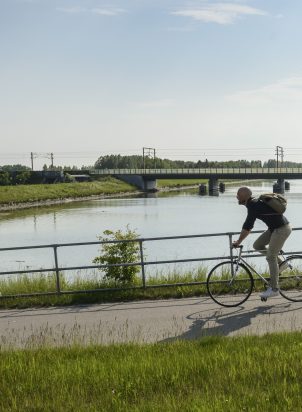This report is the second outcome of the project Remote work: Effects on Nordic people, places and planning 2021-2024. Its primary aim is to provide a deeper understanding of how the spatial trends associated with increased remote work are affecting Nordic municipalities and regions.
It explores the usefulness and reliability of available statistical data for understanding the effects of increased remote work at the regional and local level. Further, it draws directly on the experiences of regional and local stakeholders to understand the effects, challenges and opportunities, and planning responses associated with increased remote work.
Overall, this report supports the central finding of the first – that there is great potential for Nordic cooperation in developing strategies to address the challenges and make the most of the opportunities associated with increased remote work for Nordic regions and municipalities. For national policymakers, understanding the nature of the changes that have occurred since the pandemic, and the degree to which these changes relate to increased remote work, is a real challenge.
At the local and regional level, the nature of the challenges and opportunities experienced appears to be fairly similar between the countries. Collaboration at both levels could be incredibly valuable in strengthening both national and local efforts to make the most of the opportunities increased remote work offers for Nordic people, places, and planning in the long term.
The project Remote work: Effects on Nordic people, places and planning 2021-2024 was commissioned by stakeholders from the Nordic Co-operation Programme for Regional Development and Planning 2021-2024. This report received additional support from the Finnish Chairmanship of the Nordic Council of Ministers under the direction of the Nordic Ministers for Regional Development.








